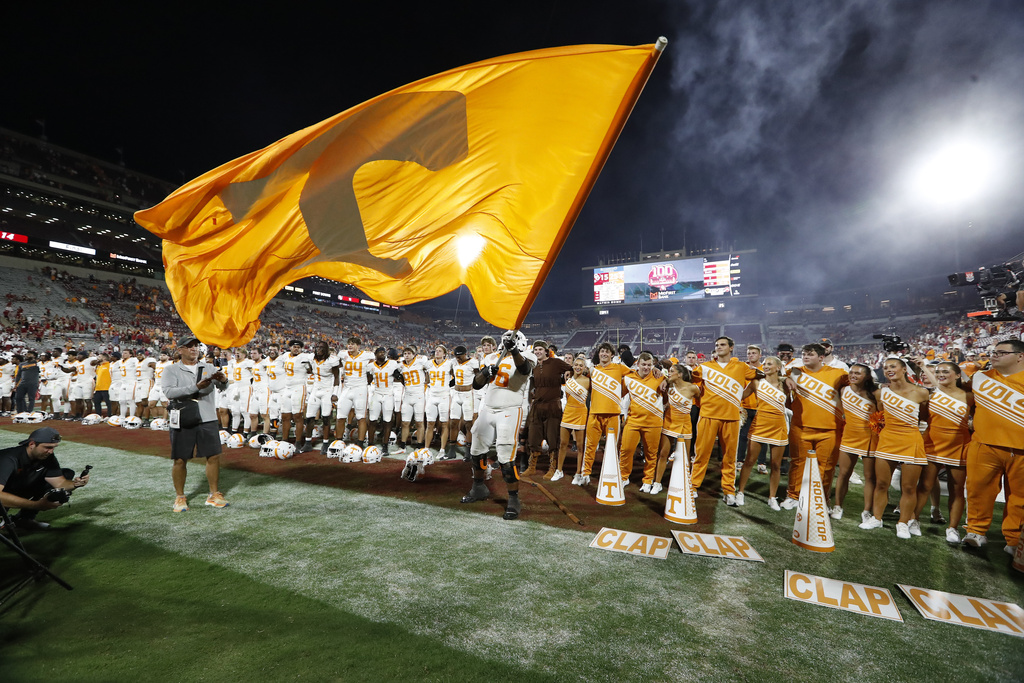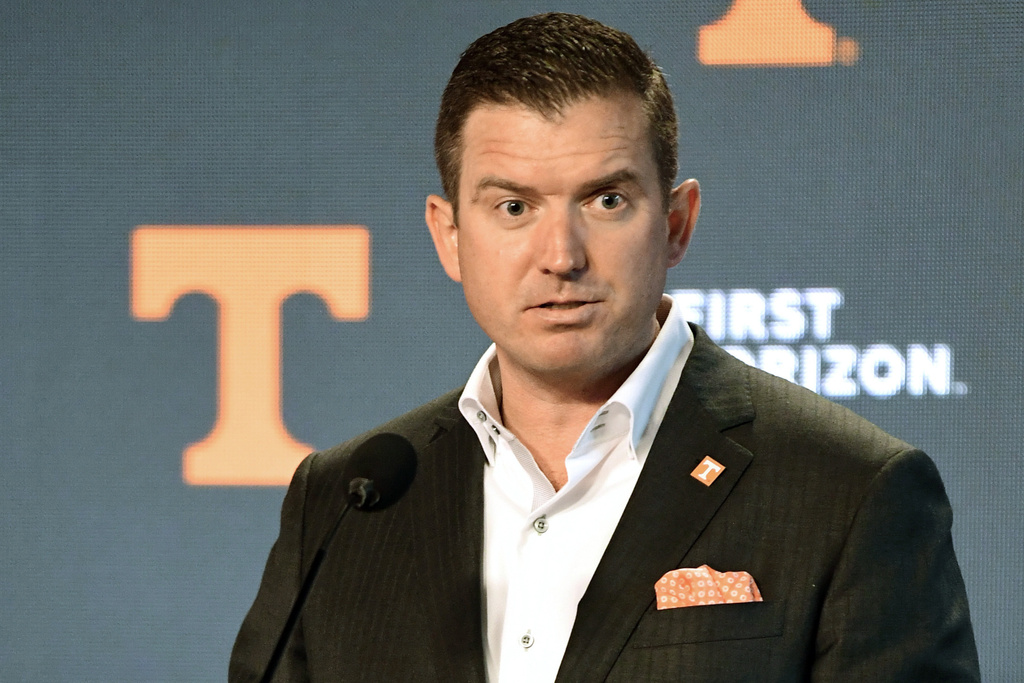Tennessee Introduces Talent Fees for Football Ticket Renewals \ Newslooks \ Washington DC \ Mary Sidiqi \ Evening Edition \ Tennessee’s athletic department recently introduced a 10% talent fee on 2025 football season ticket renewals to help pay athletes and attract top talent. This fee comes alongside a 4.5% price hike to adapt to the evolving collegiate model. With NIL payments and revenue sharing agreements in play, other schools are likely to follow suit.

Talent Fees in College Athletics Quick Looks
- Tennessee introduces a 10% talent fee for football season tickets.
- The fee aims to support NIL compensation and attract top talent.
- A 4.5% price hike will also help the program stay adaptable.
- Talent fees align with future revenue-sharing agreements in college sports.
- Other major programs like Alabama and Georgia may adopt similar models.
- Fan reactions are crucial, with success on the field justifying costs.
Deep Look
Tennessee’s athletic department has stepped forward with a bold move in the evolving landscape of Name, Image, and Likeness (NIL) compensation. The school introduced a 10% “talent fee” on 2025 football season ticket renewals, aiming to help pay its athletes and secure top talent for its No. 6-ranked Volunteers. This new fee comes alongside a 4.5% price hike, which athletic director Danny White explained in a video was necessary to keep the program flexible amid the shifting dynamics of college athletics.
This decision to increase ticket prices could be seen as a proactive response to larger financial obligations schools face in the near future. In particular, a massive $2.78 billion agreement to compensate hundreds of thousands of athletes for NIL-related damages dating back to 2016 looms. The agreement requires schools to distribute up to $21 million annually in athletic revenue starting as early as next fall. With that in mind, some universities have already begun incorporating ticket price hikes into their budgets. Tennessee, however, may be the first to openly declare a specific surcharge for “talent,” as bidding wars for top college athletes become more transparent.
Louisville’s athletic director, Josh Heird, believes that Tennessee won’t be the only school to adopt a similar measure, noting that athletic departments are now grappling with how to use their revenue-sharing models to compensate student-athletes in the best way possible. Since the NCAA opened the door to NIL payments in 2021, many college programs have relied on “collectives”—funded by boosters and other contributors—to support their athletes. While these collectives operate separately from the schools, they’ve become an essential part of the college sports ecosystem. However, where they will end up in the grand scheme of revenue distribution is still unclear.
One question now is whether season ticket holders will accept paying additional surcharges, like the talent fee, on top of already rising ticket prices, handling, and convenience fees. Single-game ticket buyers may also reconsider their investments in attending games. Based on Tennessee’s announcement and its track record—consistently selling out its 101,915-seat Neyland Stadium and keeping thousands more fans on a waiting list—the school seems confident that its fan base will support the changes. Tennessee likely won’t be alone in this venture; powerhouse football programs like Alabama, Georgia, Ohio State, and Texas may soon follow suit with similar models.
That fan acceptance, however, brings with it heightened expectations. As these schools compete for the best talent, the pressure to secure national championships or at least consistently qualify for the expanded 12-team College Football Playoff increases. Schools like Tennessee, Alabama, and Georgia understand this pressure and embrace it, aiming to stay at the top of the competitive field.
According to Lamar Reams, a professor of sports administration at Ohio University, fans of power conference schools are likely to accept a marginal talent fee or tax, especially when it’s transparent that their contributions are helping to build a winning team. In return, fans can feel a sense of pride and involvement if the team performs well on the field, and their investment pays off in the form of success.
However, Reams also pointed out that this model may not work for schools with less successful football programs. Fans of those teams may not be willing to pay additional fees unless there is a guaranteed return on their investment in terms of on-field success. Even initially enthusiastic supporters could eventually balk if results don’t meet expectations.
The introduction of talent fees may not be limited to major Division I schools. Schools with strong football or basketball traditions, even if they’re smaller, could potentially adopt this model. San Diego State’s athletic director, J.D. Wicker, echoed the sentiment that fans feel more connected to a team’s success when they contribute financially, though he also acknowledged that circumstances play a major role. For example, Tennessee’s fan base likely wouldn’t have supported such a fee during the less successful coaching tenure of Jeremy Pruitt. But now, as the Volunteers are ranked in the top six and heading into high-profile games like their upcoming matchup with Oklahoma, the timing feels right.
As college athletics enters a new phase of revenue sharing, schools and athletic departments are likely to get creative in finding new ways to compensate their athletes. Talent fees may just be the beginning.
Tennessee Introduces Tennessee Introduces







